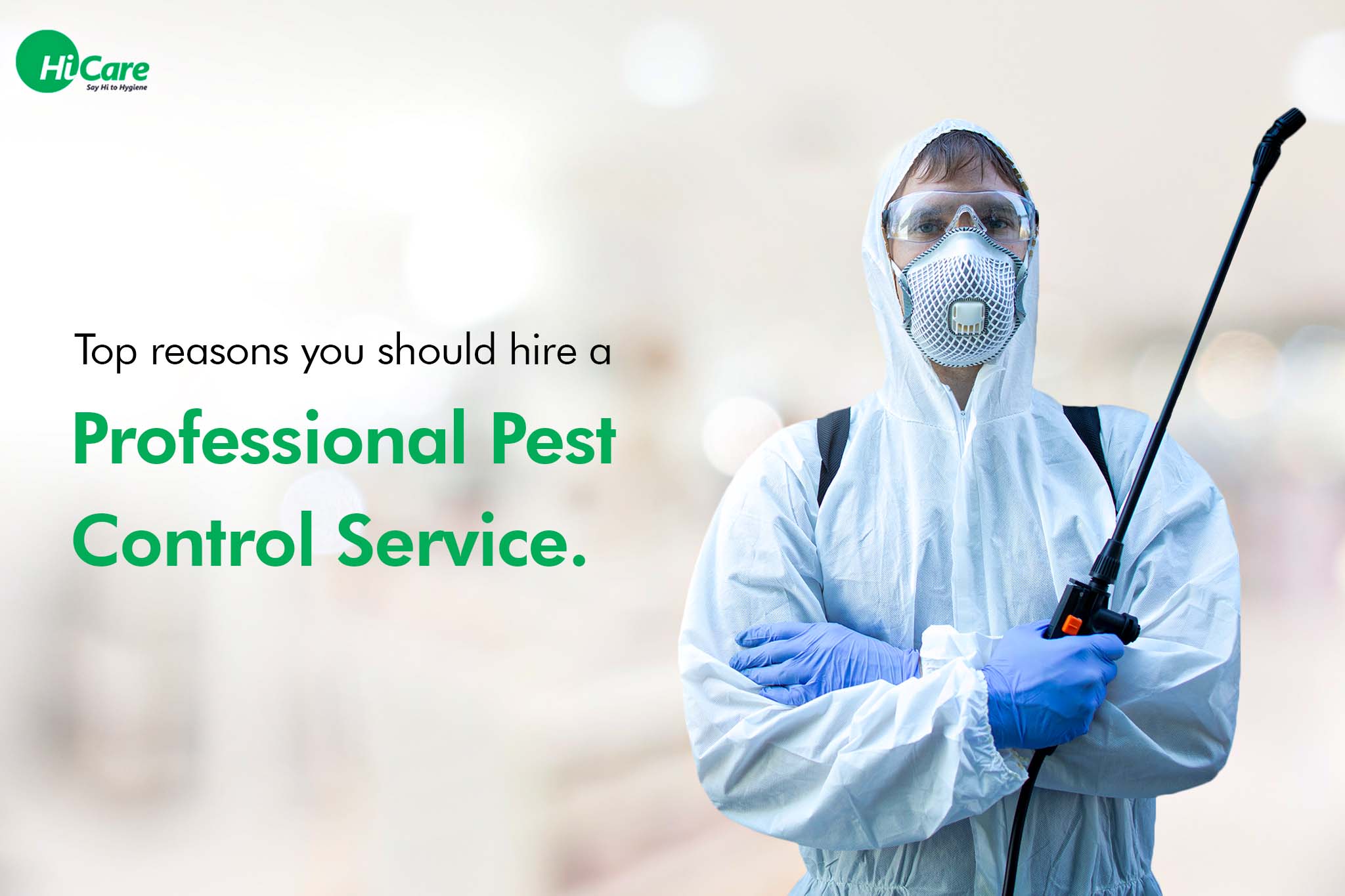Reliable A1 Bed Bug Exterminator Charlotte - Eliminate Bed Bugs Quick
Wiki Article
Bed Bug Treatment Malfunction: Comparing Chemical Vs. Non-Chemical Solutions
In the realm of pest control, especially when handling the persistent issue of bed pests, the option in between chemical and non-chemical treatment options can be a crucial one. Both techniques provide distinct advantages and disadvantages, influencing factors such as effectiveness, security considerations, and general cost. By analyzing the nuanced information of each approach, a more clear understanding of which course to pursue in addressing a bed pest problem can be obtained.Efficiency of Chemical Treatments
Chemical therapies for bed bug infestations have been extensively identified for their rapid and potent efficacy in eradicating these pests. When taking into consideration the efficiency of chemical treatments, it is important to comprehend that they can supply a detailed and quick option to a bed bug issue.In addition, chemical treatments have the benefit of supplying recurring impacts, suggesting that they can remain to remove bed pests even after the first application. This recurring activity is especially beneficial in combating any possible re-infestations. Additionally, the quick activity of chemical therapies can bring relief to people encountering extreme bed pest infestations, allowing them to regain control of their living areas rapidly.
Safety Worry About Chemical Solutions
One essential facet that needs cautious consideration when utilizing chemical remedies for bed pest treatment is making certain the safety and security of residents and the setting. While chemical therapies can be reliable in removing bed bugs, they may pose risks if not taken care of appropriately. Among the primary security worry about chemical options is the possible damage they can create to human health and wellness. Exposure to specific chemicals used in bed pest therapies can result in breathing issues, skin irritability, or various other damaging responses, specifically in individuals with pre-existing conditions or level of sensitivities. Additionally, inappropriate application or dosage of chemical pesticides can cause poisonous residues sticking around in the cured location, positioning long-term health threats to owners.Furthermore, the environmental influence of chemical services is one more substantial consideration. Some chemicals utilized in bed insect treatments may be damaging to helpful bugs, wild animals, and communities if they seep into the dirt or water supply. It is important to utilize chemical treatments judiciously, following safety guidelines, and considering less toxic choices to mitigate these risks and make sure the effective and secure management of bed insect problems.
Advantages of Non-Chemical Techniques
Taking into consideration the prospective safety worries and environmental impact related to chemical solutions for bed pest therapy, exploring non-chemical techniques offers an appealing alternative with a number of distinct advantages. Non-chemical techniques use a safer alternative for families, specifically those with children, family pets, or individuals delicate to rough chemicals. These approaches get rid of the risks of exposure to poisonous substances, reducing the possibility for unfavorable wellness effects. Additionally, non-chemical treatments are eco-friendly, as they do not add to air or water air pollution, making them a lasting choice for insect control.Furthermore, non-chemical solutions can be reliable in targeting bed bugs, including hard-to-reach locations where chemical therapies may not pass through - A1 charlotte bed bug exterminator. Methods such as heat treatment, vacuuming, heavy steam cleansing, and bed mattress coverings supply comprehensive eradication without the use of hazardous chemicals.
Limitations of Non-Chemical Treatments

Additionally, non-chemical therapies frequently need numerous applications to achieve effective removal. This can be taxing and may not always ensure complete elimination of all bed pests and their eggs, particularly in surprise or hard-to-reach locations.
Moreover, the success of non-chemical treatments heavily counts on appropriate implementation and thoroughness, which can be testing for individuals without expert competence. Poor application of non-chemical methods may lead hop over to these guys to incomplete eradication, resulting in consistent problems and the demand for added treatments.
Therefore, while non-chemical treatments have their advantages, it is vital to acknowledge these restrictions and consider them when determining the most effective method for handling bed bug invasions.
Price Contrast: Chemical Vs. Non-Chemical Options
Provided the restrictions related to non-chemical treatments, a necessary element to examine in the context of bed insect administration is the expense comparison between chemical and non-chemical options. Chemical therapies generally involve the application of insecticides by professionals, which can range from $250 to $900 per area, depending upon the intensity of the invasion and the size of the area to be dealt with. On the other hand, non-chemical therapies like warm treatment or vapor can be a go lot more expensive, with costs varying from $1,000 to $6,000 for a whole home. While the initial price of chemical therapies may appear reduced, several therapies might be needed to completely eliminate the infestation, possibly enhancing the general cost. On the various other hand, non-chemical choices might give a much more environmentally friendly and sustainable remedy, although they can be cost-prohibitive for some people. Eventually, when taking into consideration the expense of bed pest treatment options, it is essential to evaluate the ahead of time costs versus the effectiveness and long-term sustainability of the picked method.Conclusion

Thinking about the possible safety and security issues and ecological influence associated with chemical options for bed insect treatment, exploring non-chemical techniques offers an appealing option with numerous distinctive benefits.Given the constraints associated with non-chemical treatments, a crucial aspect to assess in the context of bed insect monitoring is the expense contrast between chemical and non-chemical choices. In comparison, non-chemical treatments like warm therapy or heavy steam can be much more costly, with prices varying from $1,000 to $6,000 for an entire home. While the initial expense of chemical therapies may appear reduced, several treatments may be called for to totally get rid of the infestation, potentially enhancing the general expense.In conclusion, when comparing chemical and non-chemical bed bug therapy alternatives, it is important to think about efficiency, safety, benefits, limitations, and price.
Report this wiki page